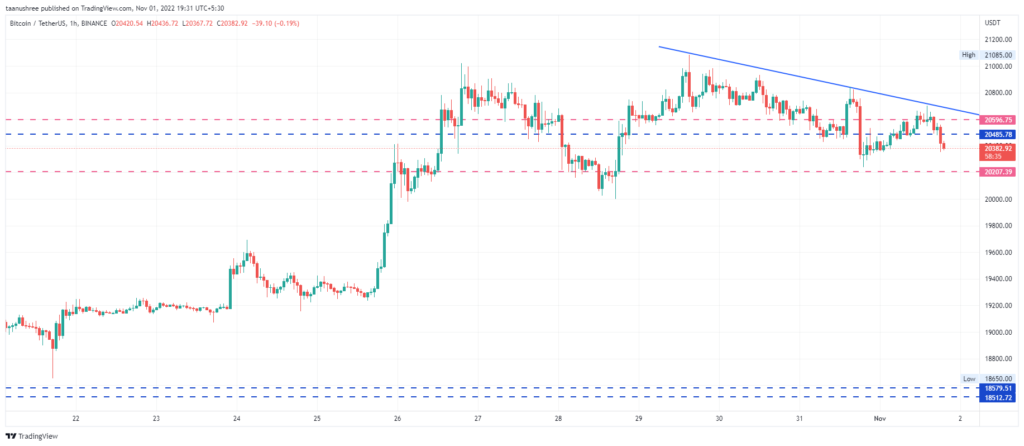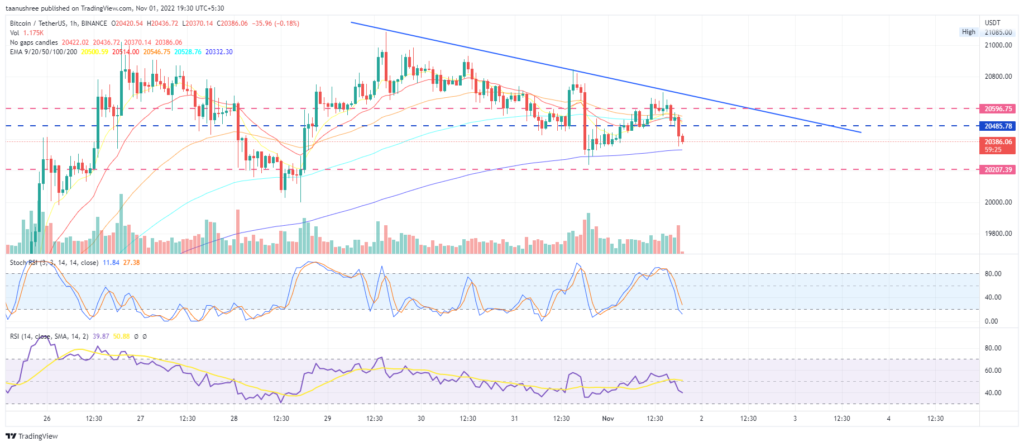
There are two schools of thought when it comes to trading: price action and trading indicators. Each has its own advantages and disadvantages, but which is better? In this blog post, we’ll explore the pros and cons of each approach to see if we can settle the debate once and for all.
What is Price Action?
Price action is the movement of a security’s price plotted over time. A price action analysis is a study of how prices in securities move.
Price action can be used to find trading opportunities by looking for patterns or setups that have predictive value. The goal of price action trading is to find repeatable and predictable behavior in the markets so that you can make consistent profits.
Price action is the movement of prices over time. It’s what you see on a chart when you plot price data. Price action can be used to make decisions about where to enter and exit trades.

What are Trading Indicators?
Indicators, on the other hand, are mathematical calculations based on past price data. Indicators are often used to confirm price action signals or to help traders find trading opportunities. Trading indicators are mathematical calculations that use historic price data to give you an idea of where prices might go in the future. Indicators can be lagging or leading, meaning they predict future price movements or confirm current ones.

The Pros and Cons of Price Action and Trading Indicators
The debate between price action trading and indicator-based trading is a long-standing one. There are pros and cons to both approaches. Ultimately, it comes down to what works best for you as a trader. Both have their own advantages and disadvantages, but which one is better? In this article, we’ll pit price action vs. trading indicators to see which one comes out on top.
So, which approach is better? Let’s take a look at the pros and cons of each.
Price action is the study of how prices change over time. Price action trading is a style of trading that uses only price data to make decisions. This means looking at candlestick charts and identifying patterns and trends. Price action traders believe that all relevant information is reflected in the price, so there’s no need to look at other data points like economic indicators or earnings reports.
The main advantage of price action trading is that it’s simple. You don’t need to worry about understanding complex indicators or analyzing huge amounts of data. All you need to do is identify patterns and trends on your chart and trade accordingly. Price action trading can also be very flexible – you can trade any time frame from 1 minute all the way up to monthly charts.
The disadvantage of price action trading is that it can be difficult to identify patterns, especially if you’re new to the approach. It can also be easy to misinterpret price data, which can lead to losses. And because price action trading relies on historical data, it can’t predict future movements accurately.
Technical indicators are tools that use mathematical formulas to analyze price data and generate buy or sell signals. Technical indicators are based on past price movements, so they can’t predict future movements. But they can help you identify trends and make better trading decisions.
The main advantage of technical indicators is that they’re objective. They take the emotion out of trading by generating signals based on objective criteria. Technical indicators can also be used to confirm price action signals – for example, if you see a bullish candlestick pattern on your chart, you could use an indicator like the Relative Strength Index (RSI) to confirm that the market is indeed in an uptrend.
The disadvantage of technical indicators is that they’re lagging, which means they give you information after the fact. This means there’s a risk that you could enter a trade too late and miss out on some profits. Technical indicators can also be complex, which can make them difficult to understand and use effectively.
So, which approach should you use? The answer is that it depends on your trading style and preferences. Some traders prefer to use price action because it’s simple and flexible. Others prefer technical indicators because they’re objective and can confirm price action signals. Ultimately, it’s up to you to experiment with both approaches and see which one works best for you.
Which One Should You Use?
The battle between price action and trading indicators is one that has been waged for years by traders of all levels of experience. There are pros and cons to both approaches, and in the end, it really comes down to personal preference.
If you are new to trading, or if you are struggling to find consistent success, then using a combination of both price action and technical indicators may be the best approach. However, if you feel confident in your ability to read the markets and make sound decisions, then trading with just price action may be the way to go.
There is no right or wrong answer when it comes to this debate. Ultimately, it is up to each individual trader to decide which method works best for them.
How to Use Price Action and Trading Indicators in Your Trading
Many traders find that using a combination of both can be the most effective way to trade. In this article, we’ll take a look at how to use price action and trading indicators in your own trading.
Price action trading is all about making decisions based on what you see happening on the chart in front of you. This means looking for things like candlestick patterns, support and resistance levels, and trendlines. These are all important factors in making informed trading decisions, but they can be hard to spot if you’re not used to looking for them. That’s where trading indicators can come in handy.
There are dozens of different indicator types available, each designed to give you a different kind of information about the market. Some common examples include moving averages, MACD, RSI, and Bollinger Bands. By adding one or more of these indicators to your charts, you can get a better idea of where the market is headed and make more informed trading decisions.
Of course, it’s important to remember that no indicator is perfect. They all have their limitations and should be used as part of a larger strategy rather than relying on them blindly. But when used correctly, they can be a valuable tool in your arsenal.
Price action is the real way of trading
Price action is the real way of trading because it allows you to make decisions based on what is actually happening in the market, rather than relying on lagging indicators. When you trade with price action, you are making your decisions based on the most up-to-date and accurate information available. This gives you a huge advantage over traders who rely on indicators, which can often give false signals or lag behind the market.
Conclusion
It seems that the battle between price action and trading indicators is far from settled. Each approach has its own merits and drawbacks, and ultimately it will come down to the individual trader’s preferences as to which one they prefer. Personally, I believe that a combination of both approaches is often the best way to go, as price action can give you a great overview of market conditions while indicators can help you fine-tune your entries and exits. What do you think? Let us know in the comments below!

